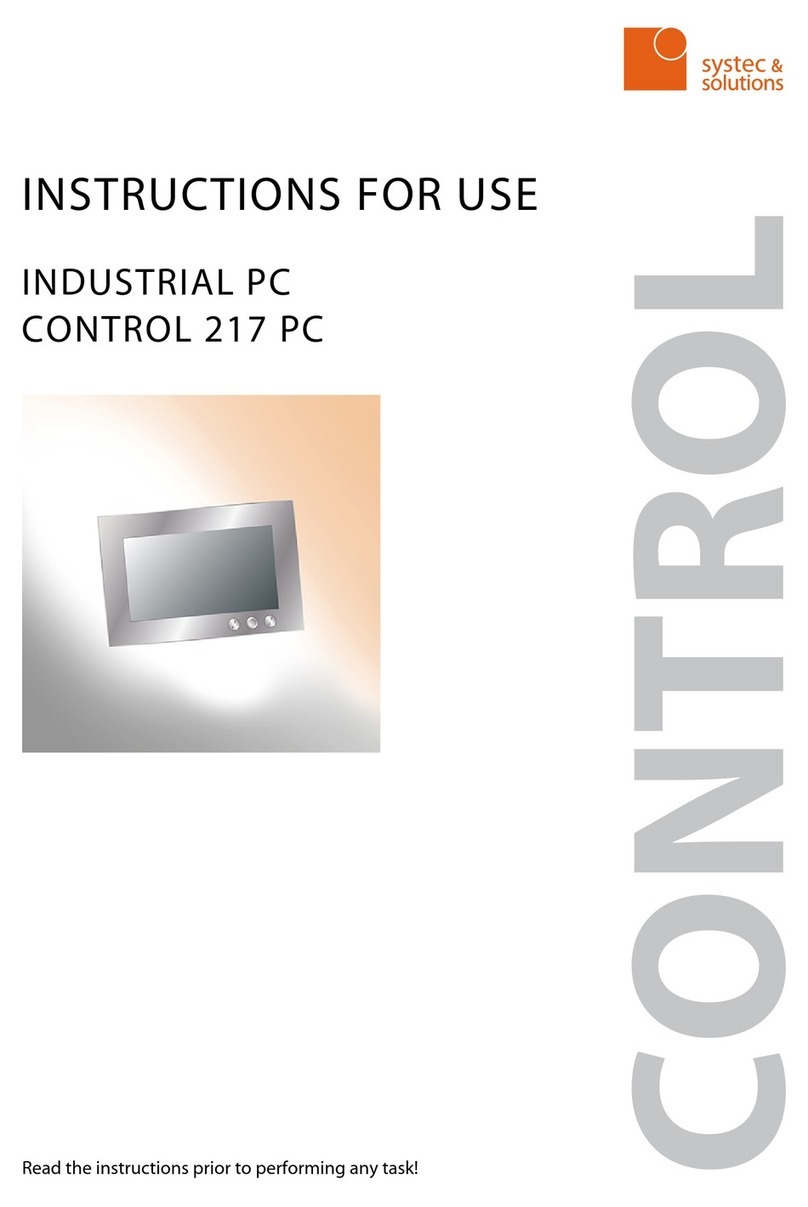Table of contents
1 General information................................................................................... 5
1.1 Information on the user guide........................................................ 5
1.2 Copyright notice................................................................................... 5
2 Safety................................................................................................................. 7
2.1 Designated use..................................................................................... 7
2.2 Safety notices........................................................................................ 7
2.3 Important safety notes....................................................................... 8
3 Product description................................................................................. 11
3.1 Overview............................................................................................... 11
3.2 Type plate............................................................................................. 13
3.3 Technical data for the device........................................................ 14
3.4 Dimensions.......................................................................................... 16
3.5 External connections........................................................................ 17
3.5.1 Overview of external connections........................................... 17
3.5.2 Description of the external connections............................... 18
3.6 Conformity........................................................................................... 21
4 Starting up................................................................................................... 23
4.1 Unpacking the device...................................................................... 23
4.2 Setting up the device....................................................................... 23
4.3 Mounting the device........................................................................ 24
5 Operation...................................................................................................... 27
5.1 Switching the device on.................................................................. 27
5.2 Switching the device off................................................................. 27
5.3 Operating the touchscreen............................................................ 28
5.4 Cleaning the device.......................................................................... 28
5.5 Using the optional USB connection............................................ 32
5.6 Setting up the WLAN (optional) .................................................. 32
5.7 Hard disk LED (optional)................................................................. 32
6 Repairs........................................................................................................... 33
7 Storage........................................................................................................... 35
7.1 Unmounting the device.................................................................. 35
7.2 Storing the device............................................................................. 37
8 Packaging and transport...................................................................... 39
8.1 Packaging the device....................................................................... 39
8.2 Transporting the device.................................................................. 39
9 Disposal......................................................................................................... 41
10 Site information......................................................................................... 43
Table of contents
PILOT 219 PC - Industrial PC 3




























